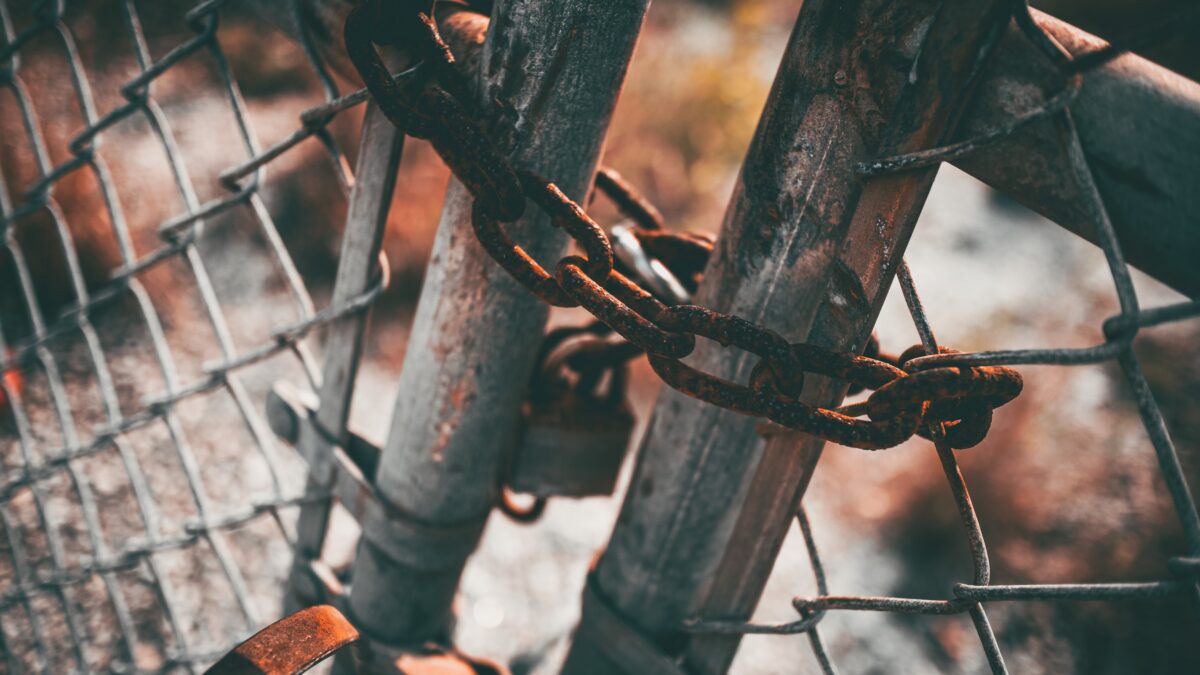For the first time since 1990, Major League Baseball (MLB) has locked out its players after management and the MLB Players Association (MLBPA) could not come to an agreement on a new collective bargaining agreement (CBA). The previous CBA expired last night at 11:59 PM EST.
Prior to 1990, the MLB locked out its players in 1973 and 1976. The three previous lockouts did not result in any canceled regular season games. The league also experienced a work stoppage (read: a players-led strike) in 1994-1995, which lasted 232 days and wiped away the ‘94 World Series. That work stoppage was the second longest in the history of professional sports, trailing only the 2004-2005 NHL work stoppage (310 days).
“We believe that an offseason lockout is the best mechanism to protect the 2022 season. We hope that the lockout will jumpstart the negotiations and get us to an agreement that will allow the season to start on time,” Commissioner Rob Manfred wrote in a letter penned to the fans that was released on MLB.com.
“This defensive lockout was necessary because the Players Association’s vision for Major League Baseball would threaten the ability of most teams to be competitive. It’s simply not a viable option. From the beginning, the MLBPA has been unwilling to move from their starting position, compromise, or collaborate on solutions.”
Once the lockout went into effect, the MLBPA released a statement of its own as well, which stated in part: “This shutdown is a dramatic measure, regardless of the timing. It is not required by law or for any other reason. It was the owners’ choice, plain and simple, specifically calculated to pressure the Players into relinquishing rights and benefits, and abandoning good faith bargaining proposals that will benefit not just Players, but the game and industry as a whole.”
The players are seeking to end the concepts of “tanking” and service time manipulation, while also seeking their fair share of the game’s total revenues, among other demands. The owners reportedly made some concessions to the players’ demands, all of which were reportedly rejected by the MLBPA.
In order to abide by federal labor law, the MLB removed all players’ names, images, and likenesses from MLB.com and team websites, and until a new CBA is agreed upon, content on the respective sites will consist of “the game’s rich history,” according to an MLB press release.
Given that there cannot be any communication between players and the teams during the lockout period — meaning that, at a minimum, contracts cannot be signed and trades cannot be agreed upon nor executed — there was a bevy of moves that took place over the last few days, including but not limited to the following.
- Shortstop Corey Seager signed with the Texas Rangers: 10 years, $325 million;
- Infielder Marcus Siemen also signed with the Texas Rangers: 7 years, $175 million;
- Starting pitcher Max Scherzer signed with the New York Mets: 3 years, $130 million;
- Starting pitcher Robbie Ray signed with the Seattle Mariners: 5 years, $115 million;
- Starting pitcher Kevin Gausman signed with the Toronto Blue Jays: 5 years, $110 million;
- Outfielder Starling Marte signed with the Mets: 4 years, $78 million;
- Starting pitcher Marcus Stroman signed with the Chicago Cubs: 3 years, $71 million; and
- The Milwaukee Brewers traded outfielder Jackie Bradley Jr. and two prospects to the Boston Red Sox for fellow outfielder Hunter Renfroe.
